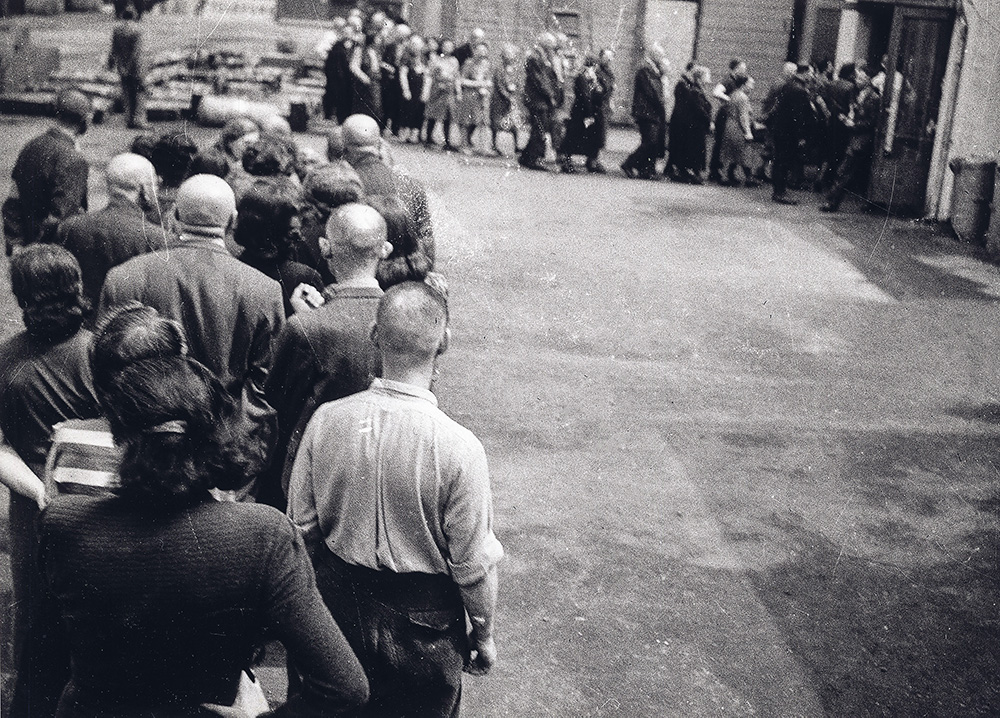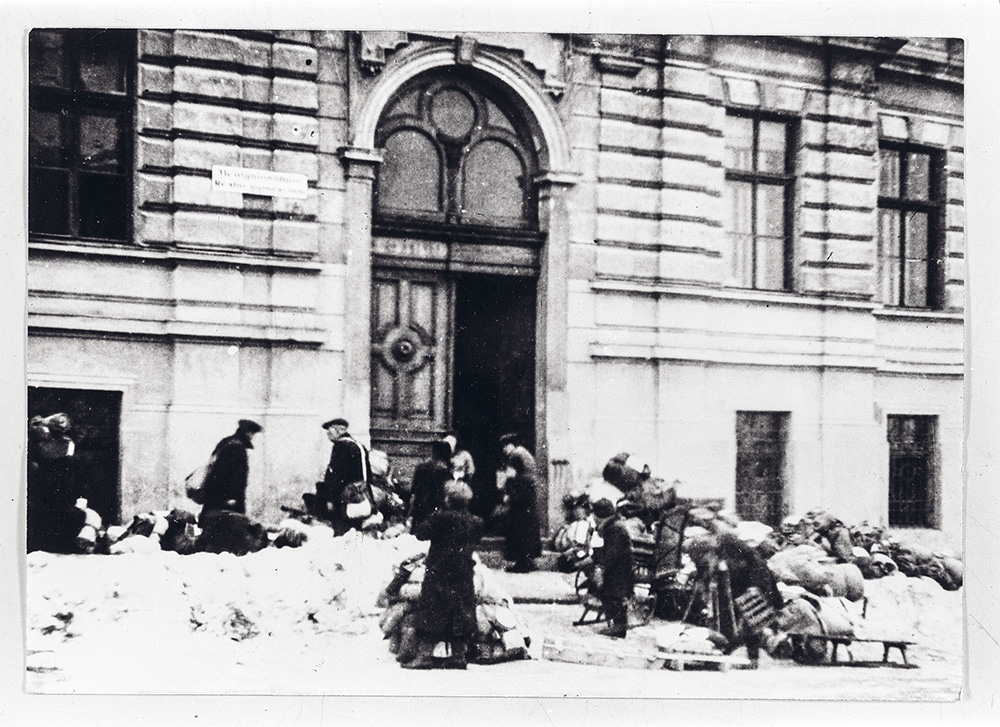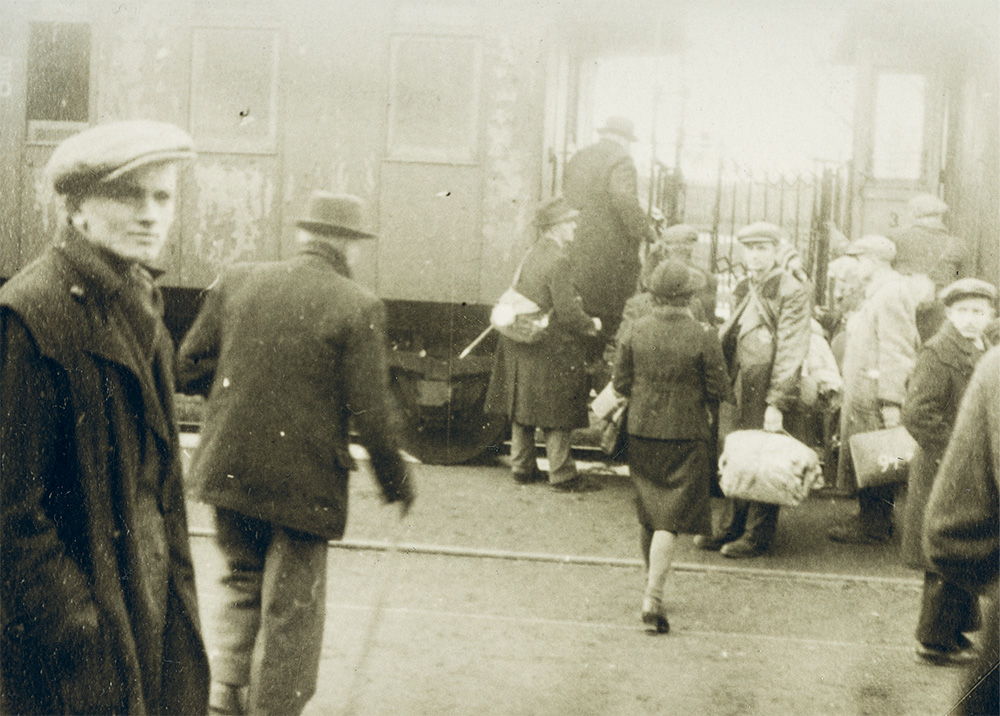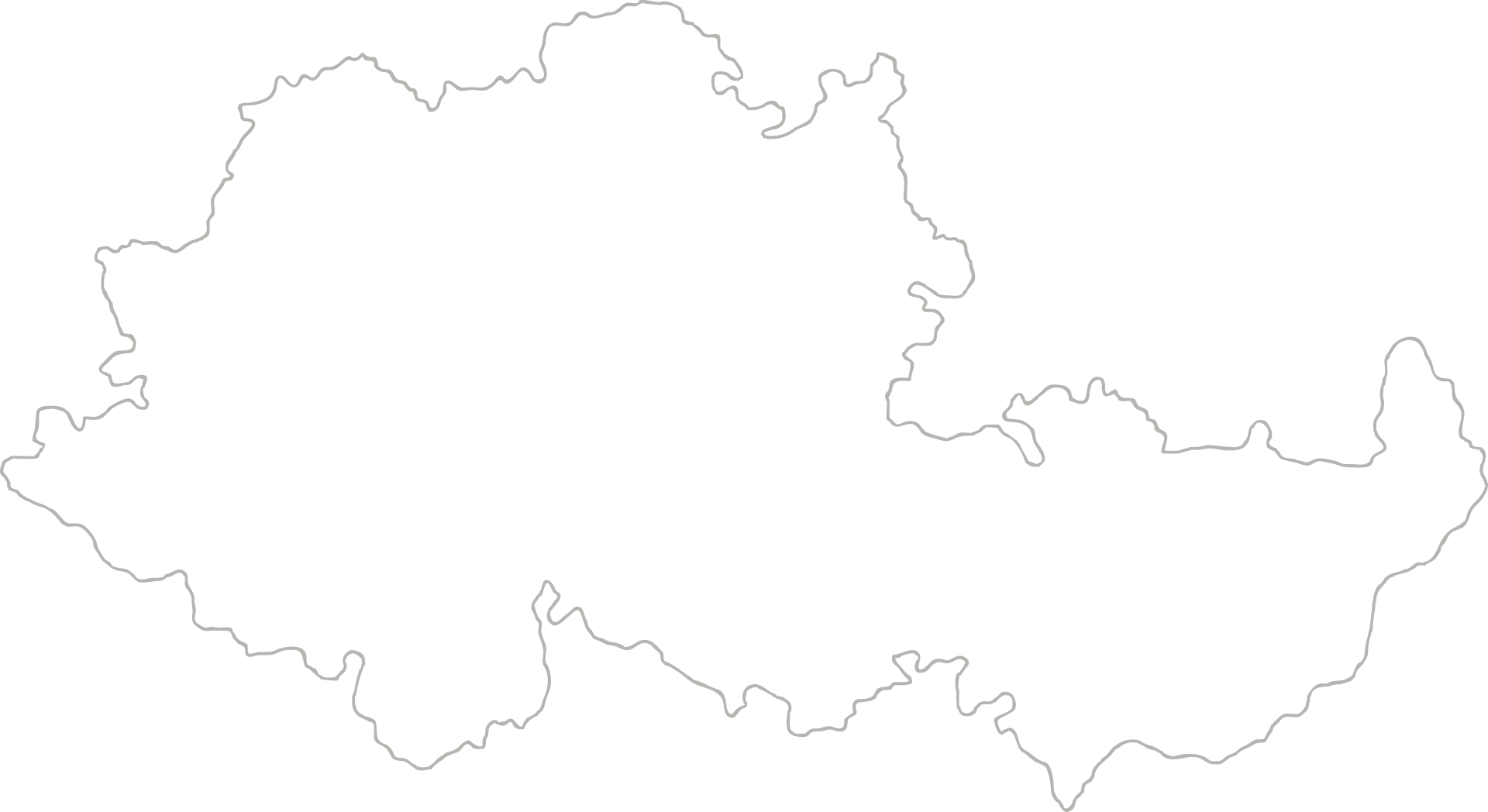Assembly Points
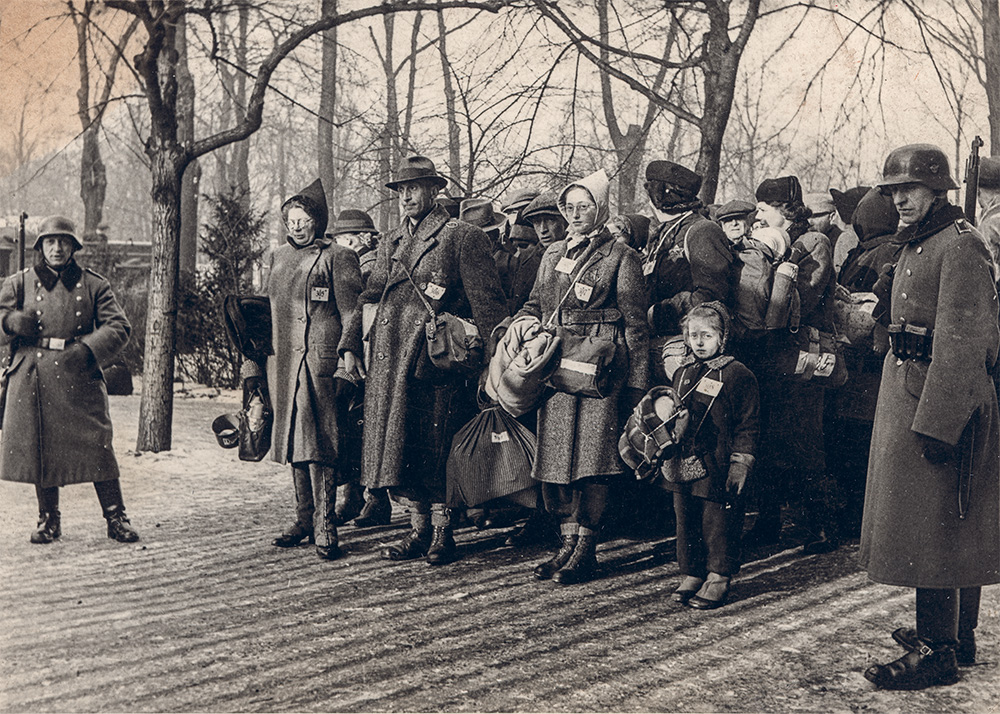
Jewish residents of Pilsen deported on Transport R to Terezín In January 1942. The Rosenbaum family are at the front. In May 1942 the entire family, including the youngest member Charlota (b. 1936), were deported to the Sobibor death camp, where they perished.
Ethnographic Museum of the Pilsen RegionThe deportation of the Jewish inhabitants of the Protectorate of Bohemia and Moravia from October 1941 onwards was preceded by a number of discriminatory measures and regulations – exclusion from society, loss of employment and livelihood, confiscation of property, registration, and the obligation to wear a humiliating yellow star bearing the word „Jude“ (Jew).
The Jewish Religious Community was given the task of organizing the transports. Deportation summons were mainly delivered at night. The deportee received a transport number and a set of instructions to get ready for deportation, including a list of things that were recommended or permitted. Each person was allowed to take only a limited amount of luggage with a maximum weight of 50 kg, which had to be marked with their transport number. With this number they were allocated a place to sleep at the assembly point and later a seat on the train.
Fifteen assembly points were set up in the Protectorate of Bohemia and Moravia, mostly in school buildings and other large spaces that had been vacated for this purpose. Men, women and children were all concentrated there, usually for two or three days. During that time they were forced to hand over their remaining food coupons, money, valuables and personal documents. They also had to fill in a number of forms and to confirm the surrender of their property to the Reich. For many people, having to hand over their house keys meant saying farewell to their everyday life and to their nearest and dearest. The deportees were accompanied to the train station by members of the German police force (Ordnungspolizei) and the Protectorate police force. There were usually a thousand prisoners on each deportation train. None of them knew where they were going.
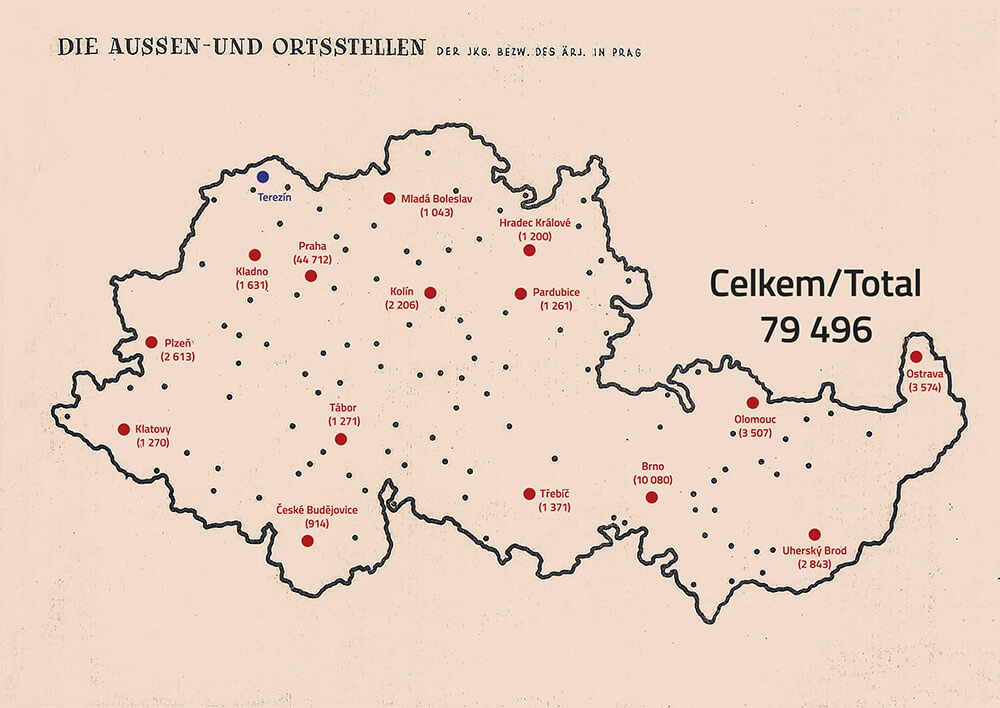
Map of the Protectorate of Bohemia and Moravia, indicating the assembly points for Jews and showing the number of people deported.
Jewish Museum in PragueThe only known photograph of the assembly point on the grounds of the Radio Market in Prague. The wooden buildings were dilapidated at the time of the deportations: rain dripped inside, there was no heating, and hygiene conditions were poor. All this, and the presence of SS guards, added to the feeling of despair upon arrival.
Ivan Frič ArchiveInteractive Map
Click to select a city
